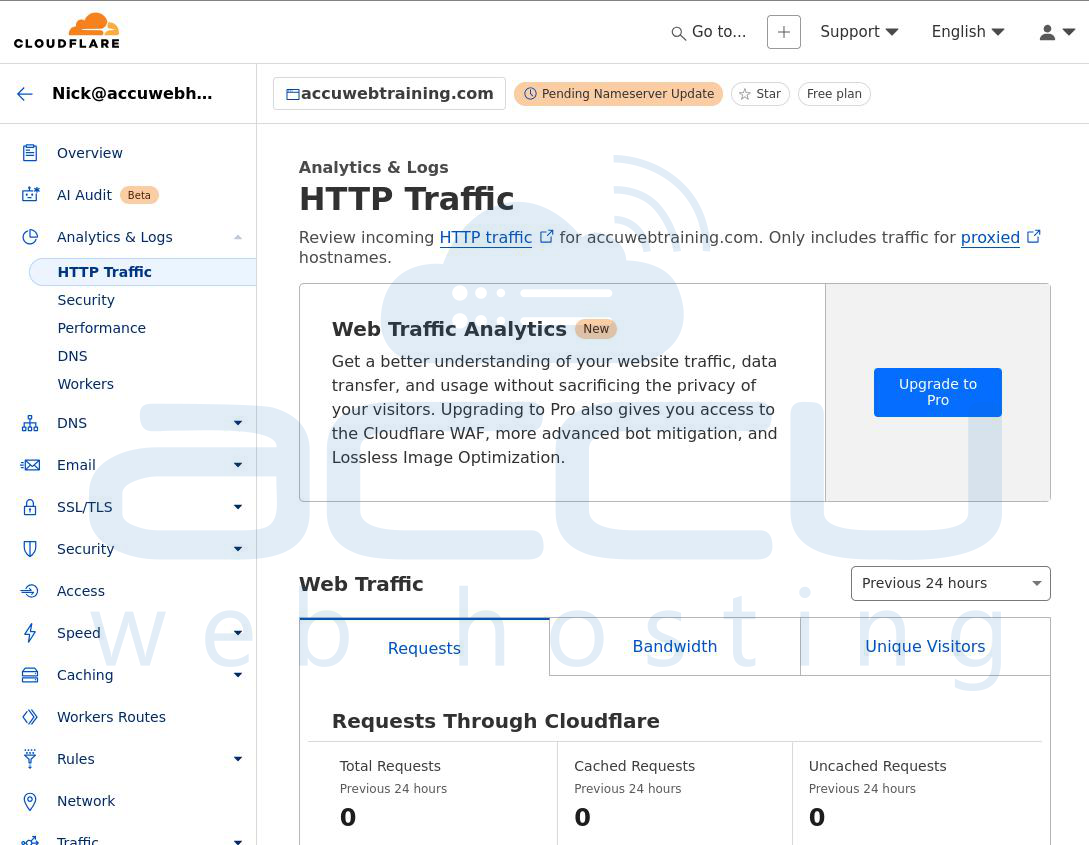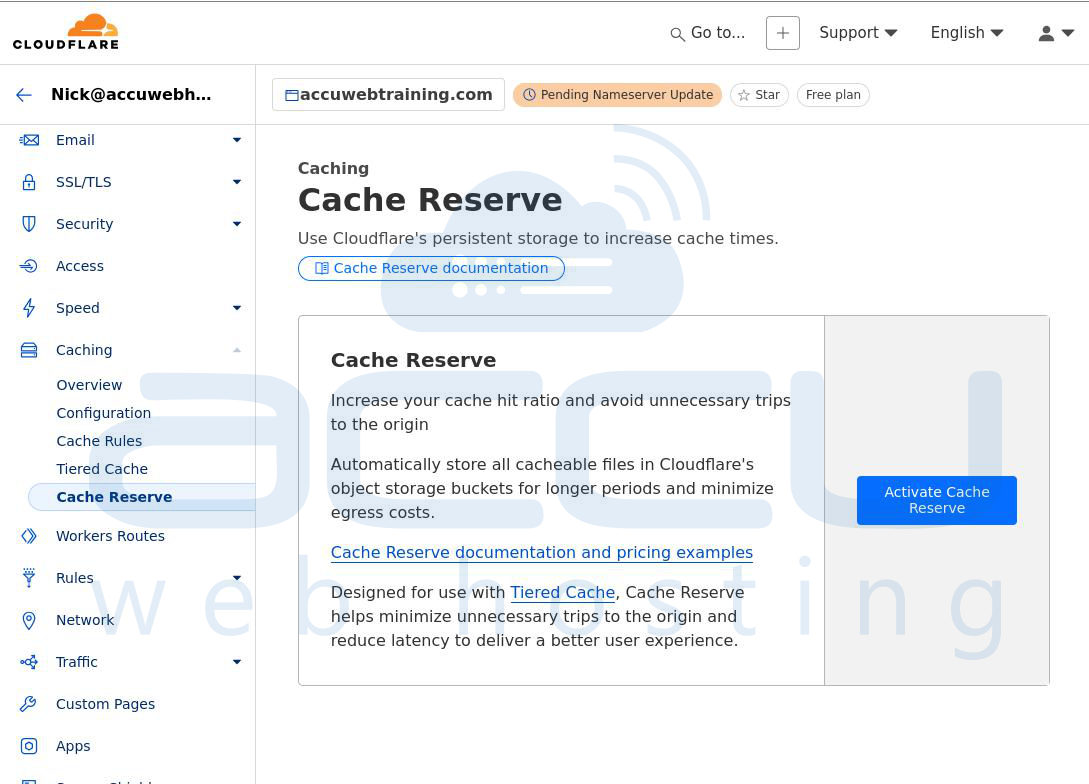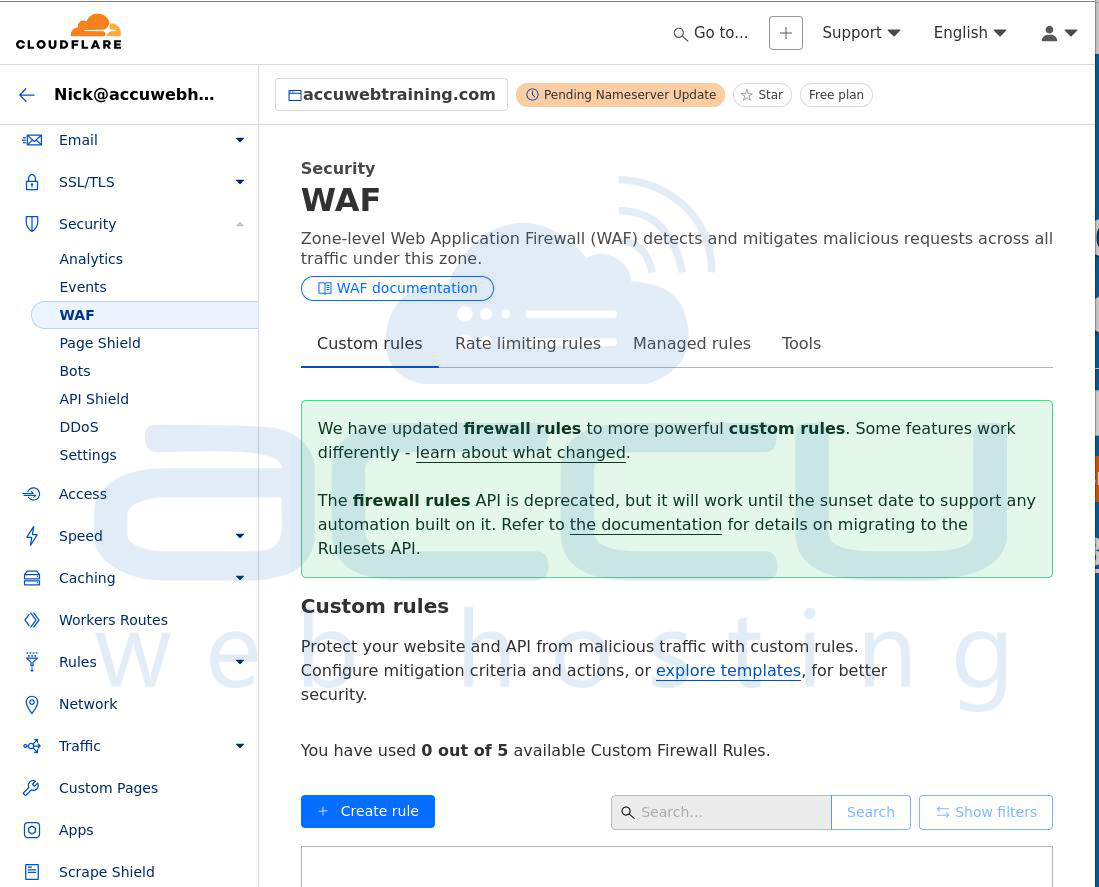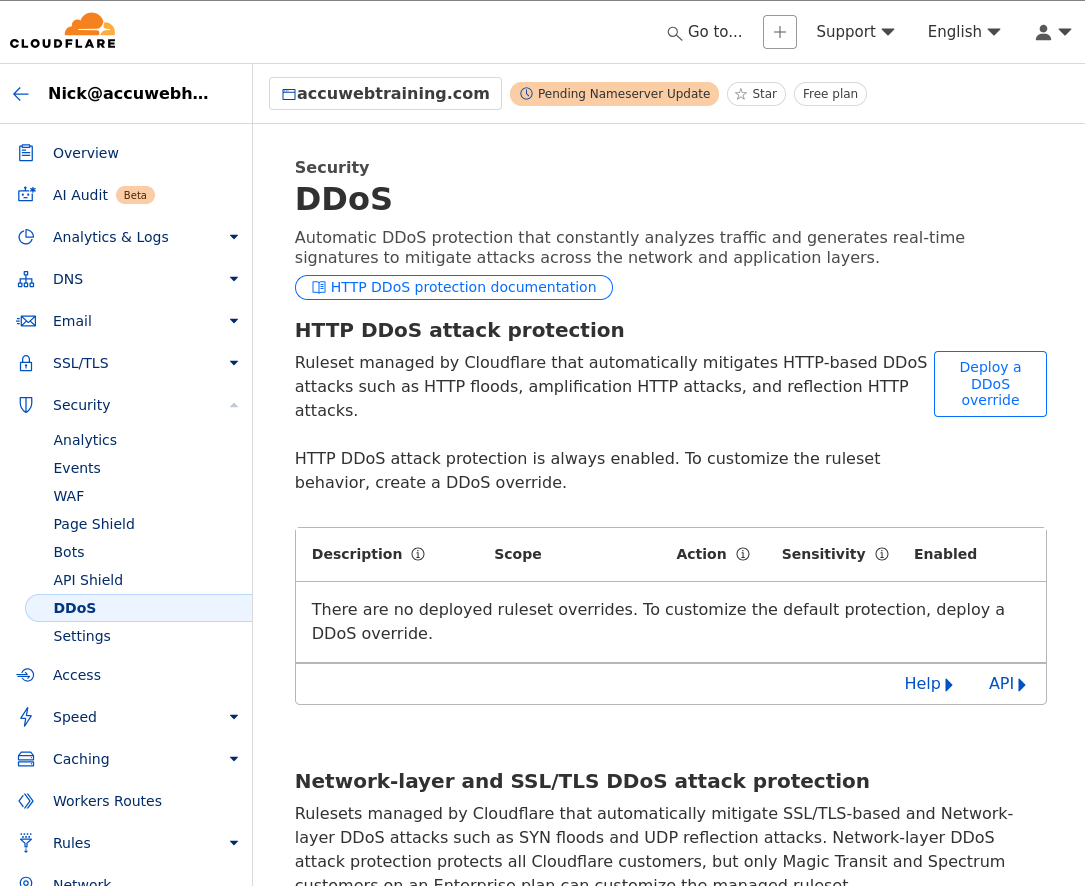A Distributed denial-of-service (DDoS) attack occurs when someone tries to shut down a server, service, or network by overwhelming it with too much traffic. This flood of unwanted data can cause a website or network to stop working for a long time.
DDoS attacks work by sending lots of bad traffic to a target from many computers or devices. These devices are often part of a "botnet," which is a group of machines infected with malware and controlled by an attacker. Sometimes, attackers use tools or software to launch these attacks.
Here are some common methods attackers use in DDoS attacks:
Application-layer attacks overwhelm a website’s server by sending many fake requests, making it difficult for the server to handle real visitors.
Protocol attacks: These send a flood of data using specific network protocols (like ICMP), which can overload network equipment.
Volumetric attacks use techniques like botnets or abused network protocols to fill up all the target's bandwidth, stopping normal traffic.
How to Prevent DDoS Attacks?
Stopping DDoS attacks can be difficult, especially during busy times or in large, spread-out networks. Effective DDoS protection involves a few key steps: reducing the attack surface, monitoring threats, and using scalable tools to handle attacks.
DDoS Prevention Methods
Reducing the Attack Surface: Limit the parts of your system that can be attacked. You can do this by controlling where traffic comes from, using a load balancer, and blocking old or unused ports, protocols, and apps.

Anycast Network Diffusion: An Anycast network spreads traffic across multiple servers, helping absorb large traffic spikes and preventing outages.
Real-time Threat Monitoring: By watching traffic patterns and spotting unusual spikes, you can quickly react to and block harmful requests, protocols, or IPs.

Caching: Storing copies of frequently requested content reduces the load on main servers. Using a content delivery network (CDN) helps handle more traffic without overwhelming the servers.

Rate Limiting: This controls how much traffic is allowed from certain sources over a set time. It helps prevent servers from being overwhelmed by too many requests at once, especially from botnets.
DDoS Prevention Tools
Web Application Firewall (WAF): A WAF filters and blocks harmful traffic based on customizable rules. It helps control which traffic can reach your web applications.

Always-on DDoS Mitigation: A DDoS protection service constantly monitors traffic, updates defenses as needed, and uses a large network of data centers to handle attacks. Look for a provider that offers adaptive and scalable protection against complex and large-scale attacks.

How Cloudflare Helps Prevent DDoS Attacks?
Cloudflare provides comprehensive protection against DDoS attacks across all layers (L3-7), helping organizations detect, prevent, and manage attacks before they can harm applications, networks, or infrastructure. Key benefits of Cloudflare’s layered defense include:
Global Anycast Network: With coverage in over 330 cities across 120 countries, Cloudflare can handle even the biggest DDoS attacks by spreading traffic across its global network.
Traffic Management and Speed Improvement: Cloudflare helps spread out traffic spikes, reducing delays and preventing network congestion.
Always-On, Automatic Protection: Cloudflare can detect and block harmful traffic in less than three seconds, ensuring continuous protection.
Advanced Web Application Firewall (WAF): This firewall keeps web applications secure by offering features such as advanced rate limiting, customizable rules, and flexible threat prevention.
Conclusion:
Cloudflare provides strong and reliable DDoS protection through a global network, smart traffic management, and advanced security tools. Its automatic, always-on defense helps keep websites and networks safe from attacks, ensuring they stay online and perform well even during high traffic or DDoS attempts.



